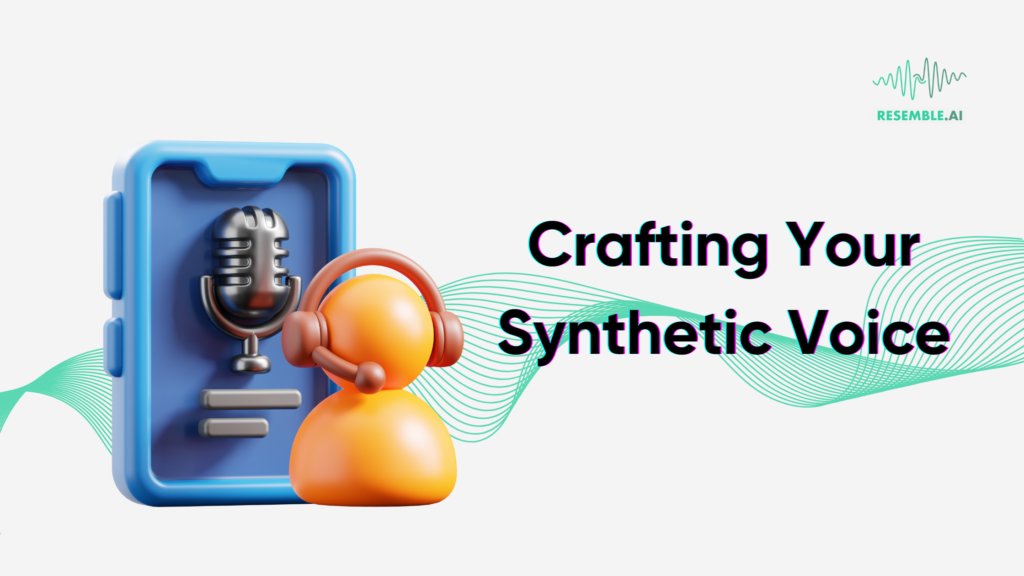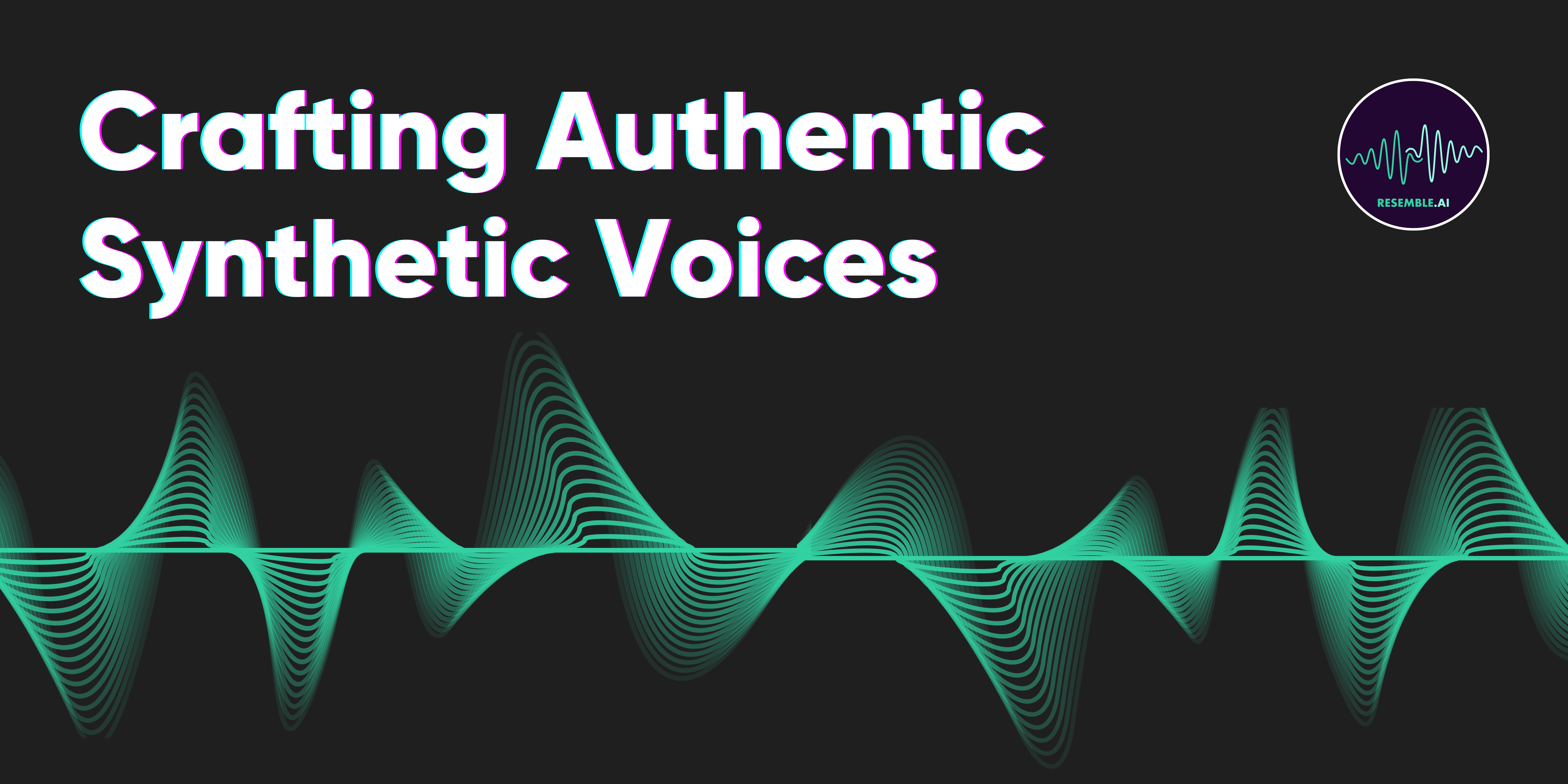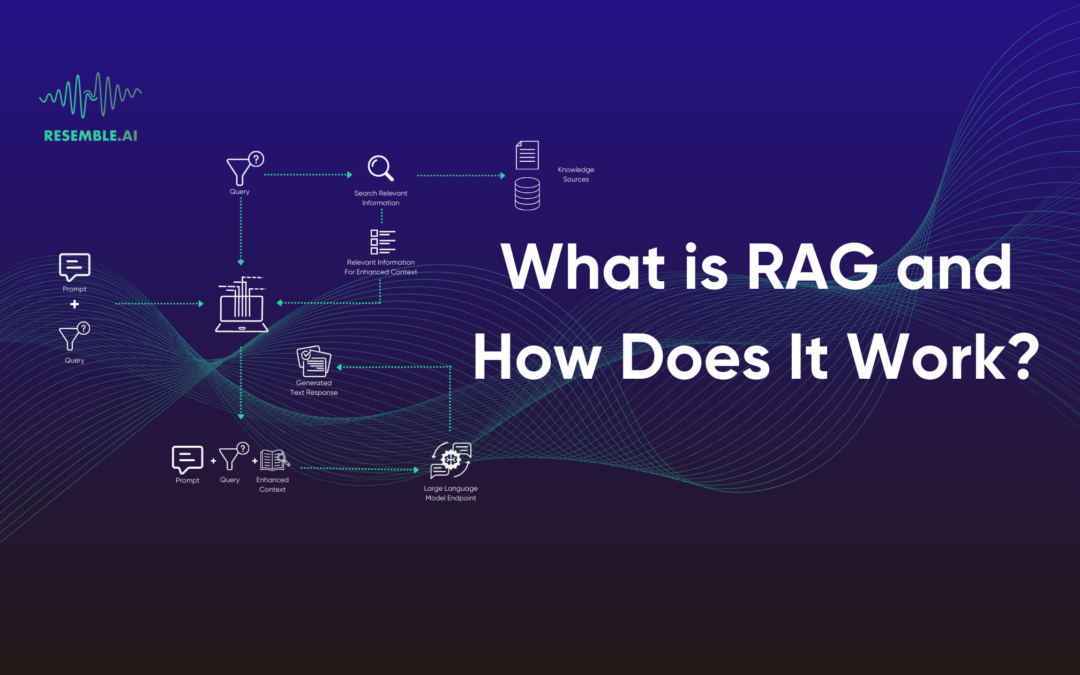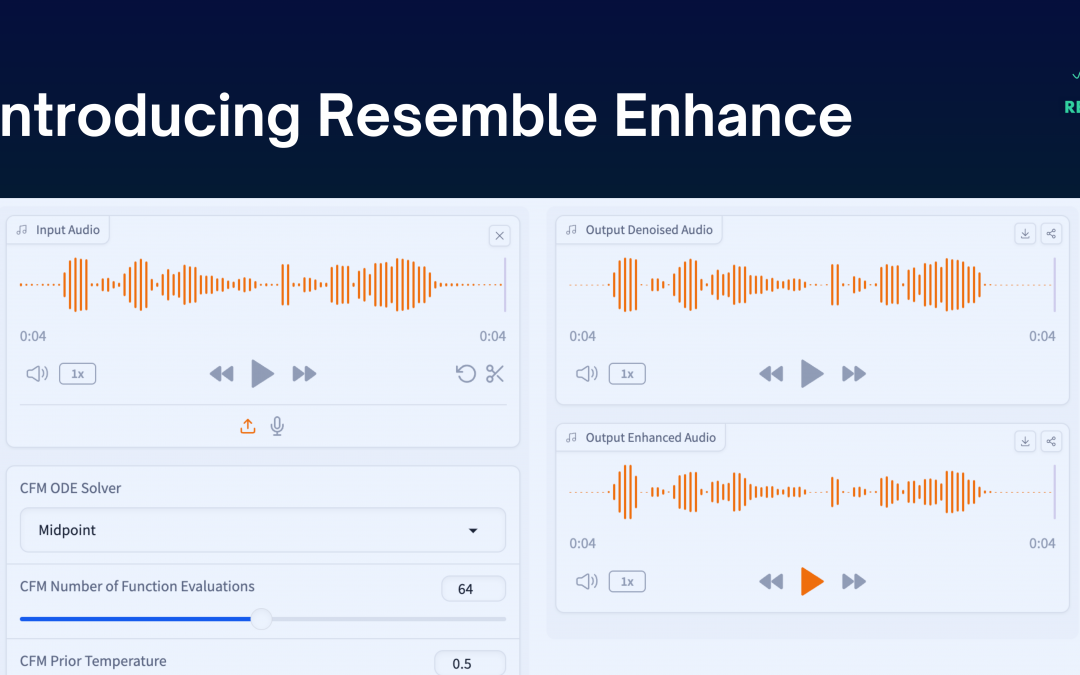Synthetic voices are being used more and more in today’s fast developing technological world to connect with customers. Artificial voices are being employed in many contexts to improve human interactions with technology, from informational kiosks to smartphone assistants. However, not all artificial voices possess the same qualities, and creating a genuine, captivating voice that truly connects with users requires a special set of skills and a creative approach.
Synthetic but Authentic? What is it?
An authentic synthetic voice refers to a computer-generated voice that closely resembles and imitates the nuances of human speech. The aim is to create a voice that sounds natural, realistic, and engaging to listeners, making it difficult to distinguish from a real human voice. Here are the key attributes and considerations in creating an authentic synthetic voice:

- Human-Like Quality: The voice should mimic the tonal variations, pitch, and inflections that are characteristic of natural human speech. This includes subtleties like emotion, emphasis, and rhythm.
- Natural Flow and Cadence: An authentic synthetic voice should have a flow and rhythm similar to human speech. It should avoid robotic or monotone patterns often associated with early text-to-speech systems.
- Emotional Expression: Advanced synthetic voices are now capable of conveying emotions like happiness, sadness, excitement, or empathy, making the interaction more relatable and engaging.
- Personalization: Authenticity can be enhanced by personalizing the voice to match specific characteristics of the intended user or audience, such as regional accents or age-appropriate speech patterns.
- Clear Articulation and Pronunciation: Precise articulation and the correct pronunciation of words are crucial for making a synthetic voice sound authentic and understandable.
- Contextual Awareness: The ability to adapt to different contexts and use appropriate language and tone for various scenarios is a hallmark of an authentic synthetic voice.
- Continuous Learning and Adaptation: Utilizing machine learning algorithms, an authentic synthetic voice can evolve over time, learning from interactions and feedback to improve its naturalness and effectiveness.
But how do you create the perfect authentic synthetic voice? A few crucial components must be properly taken into account while producing synthetic voices in order to attain effectiveness and authenticity. Tone, pitch, inflection, tempo, and pronunciation are some of these components. Ignoring even one of these elements can lead to an uncomfortable and discordant user experience. These are they are all vital in shaping how people react to and interpret synthetic voices.
Collect and Prepare Training Data
The foundation of any synthetic voice is the quality of the training data. To start, gather high-quality audio recordings of the desired voice. These recordings are crucial as they form the raw material from which the synthetic voice is sculpted. If existing audio is not available, one may need to invest time in recording hours of voice in a studio setting. This process ensures a rich and diverse dataset, essential for creating a voice that’s natural and responsive to various speech nuances.
Understanding AI Voice Modeling
The AI voice modeling process is where the magic happens. Techniques like concatenative synthesis, unit selection synthesis, and diphone synthesis come into play. Each method has its merits, offering different pathways to achieve a voice that resonates with naturalness and clarity. In concatenative synthesis, small units of speech are stitched together to form complete sounds. Unit selection synthesis takes this further by selecting the most suitable units for a given context. Diphone synthesis focuses on the transitions between sounds, ensuring smoothness in speech. By understanding and applying these techniques, one can mold a custom synthetic voice that not only speaks but speaks with a soul.
Navigating Licensing and Compliance
Creating a synthetic voice also involves navigating the complexities of licensing and compliance. To protect the authenticity and unique identity of the voice, implementing measures like inaudible watermarks is essential. These subtle, yet powerful tools ensure that the voice remains distinct and traceable. Additionally, considering content claims against improper uses is crucial to maintain control over how the voice is used across different platforms and mediums.
Choosing the Right Tools
The choice of tools is pivotal in the journey of crafting a synthetic voice. One must select a text-to-speech system that aligns with their specific needs, considering factors like language support, voice quality, and customization options. Tools like Resemble.ai offer diverse capabilities for creating custom AI voices. Each tool brings unique features to the table, allowing for a tailored approach to voice creation.

Crafting Your Synthetic Voice
The final stage is the actual crafting of the synthetic voice. This involves cleaning and preprocessing the audio data to ensure clarity and consistency. Relevant acoustic features are then extracted to capture the essence of the original voice. The heart of the process lies in training a voice model using advanced machine learning algorithms. This stage is where the voice begins to take shape, learning and adapting to mimic human speech patterns. Finally, a text-to-speech synthesis system is implemented, enabling the conversion of input text into spoken words. This is where the synthetic voice comes to life, speaking with the nuances and inflections of human speech.
In summary, crafting the perfect synthetic voice is a journey that intertwines technology with creativity. It starts with meticulous preparation of training data, followed by a deep understanding of AI voice modeling techniques. Navigating the legal landscape ensures the voice remains protected and unique. Choosing the right tools is crucial for the technical execution, and finally, the careful crafting of the voice brings it into existence. This blend of science and artistry opens doors to limitless possibilities in the realm of synthetic voice creation, paving the way for voices that not only speak but speak with emotion, depth, and authenticity.




